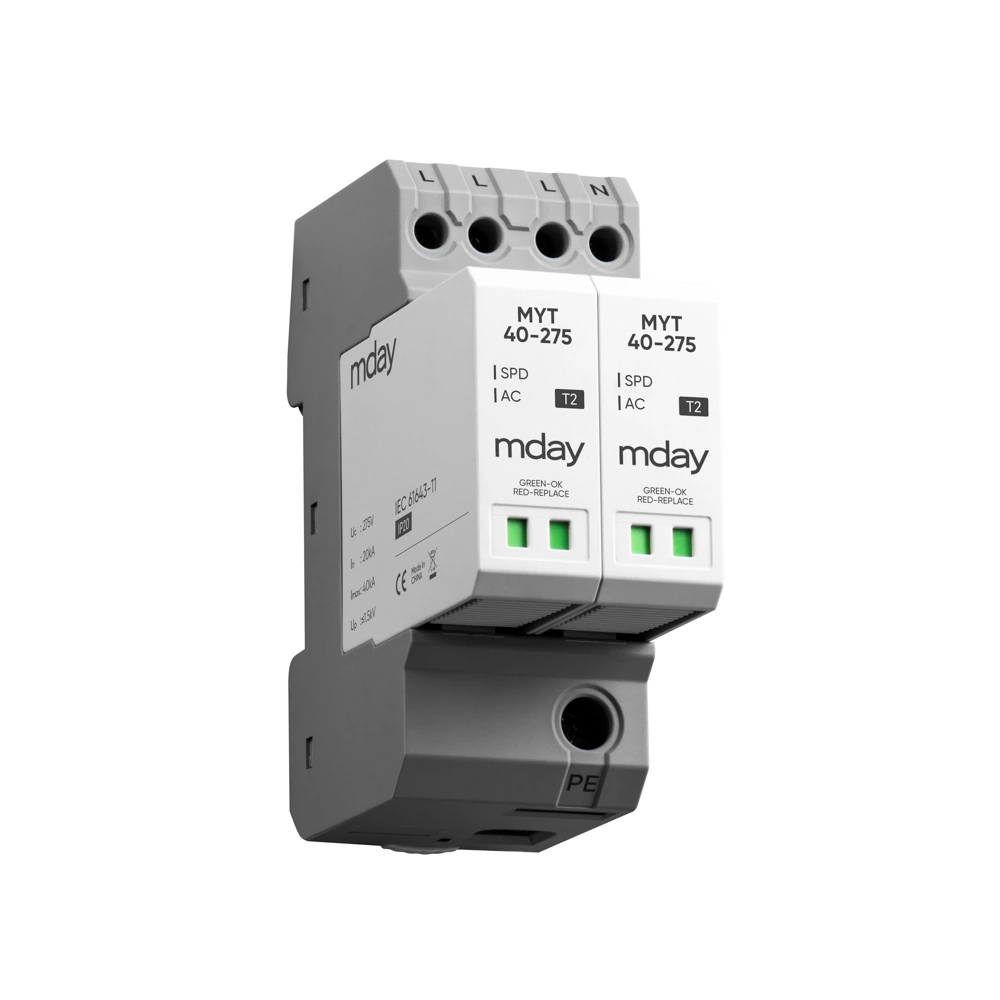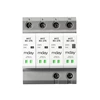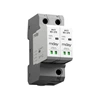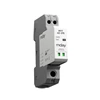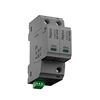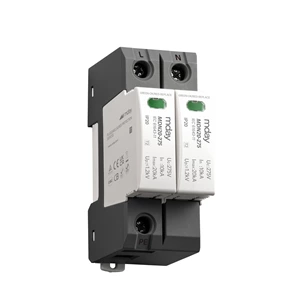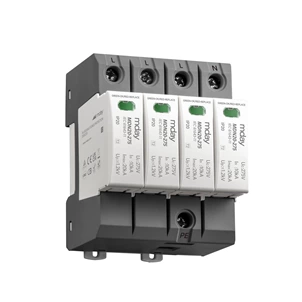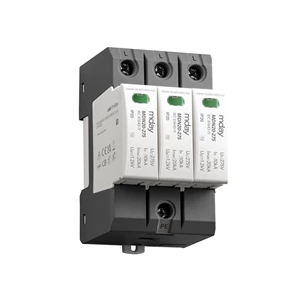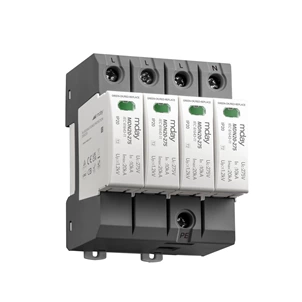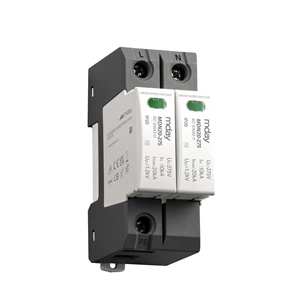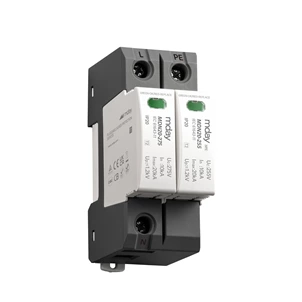Design Scheme Of Surge Protector Grounding For Lightning Protection Of High Voltage Overhead Steel Tower
With the rapid growth of the national economy and the continuous improvement of people's production and living standards, electricity demand has shown a linear upward trend, driving the rapid development of the power industry to a new level. The grid area is expanding, the density is increasing, the capacity is increasing, and technological advances in transmission line construction are increasingly challenging the critical task of transmission. During its construction, surge protective device protection will become an increasingly important issue. Lightning strike hazards mainly include three aspects: direct lightning strikes, induced lightning strikes, and lightning overvoltage penetration. Direct lightning strikes cause the greatest damage to high-voltage overhead lines in the power system, and are concentrated on steel towers. Overhead lines are generally protected by lightning rods. Depending on the voltage level, lightning rods are not allowed on 35kV lines. Generally, surge protector lightning rods are installed along the substation route, and surge protection device lightning rods or metal oxide arresters are installed in areas with high lightning activity. All 110kV lines are equipped with lightning rods, and double lightning rods are preferred in mountainous areas. However, lightning rods are not required in areas where the average annual number of thunderstorm days does not exceed 15 days or where operating experience has shown low lightning activity. All 220kV lines are equipped with lightning rods, and dual lightning rods are used. Generally, in the lightning protection work of overhead lines, it is particularly important to consider factors such as local climate conditions, lightning activity, terrain characteristics and high soil resistivity.
